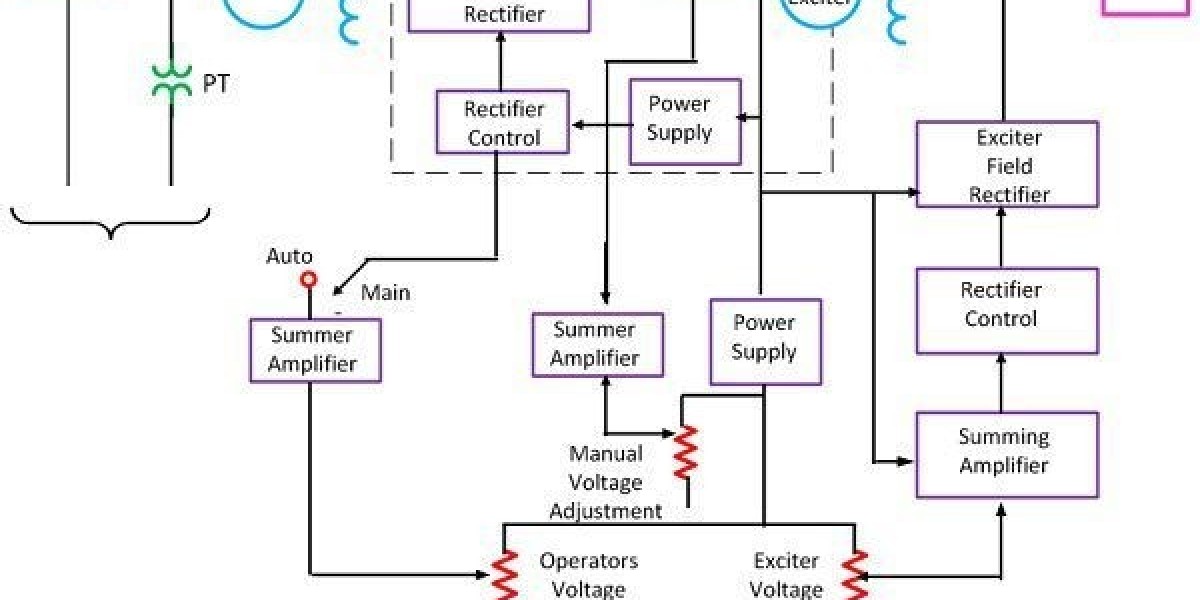Children with an anxiety disorder often experience a feeling of overwhelming dread and a fear of new things. They have trouble performing everyday tasks and sleeping, and they may be reluctant to try new things. Anxiety disorders can be triggered by trauma or long-term stress. During times of trauma, the chemical balance in the brain changes, causing a feeling of anxiety.
Generalized anxiety disorder (GAD)
If you suspect you are suffering from GAD, the first step is to make an appointment with a healthcare provider. He or she will review your symptoms and examine your physical health. A physical exam and blood tests can rule out other illnesses. Upon diagnosis, the healthcare provider will begin treatment with talk therapy and possibly medicine.
People with GAD experience excessive worry about many aspects of their lives. Often times, the worry is irrational, but the worry is persistent. The worry can interfere with daily life, relationships, and sleep. In addition, it may result in a fear that something bad will happen, like a traumatic event or accident.
Treatment for GAD focuses on changing the way a person thinks and behaves. It helps patients develop new ways of thinking and reacting to stressful situations. Cognitive behavioral therapy is considered the gold standard of psychotherapy, and is a proven method of treating this disorder.
Agoraphobia
People with agoraphobia often have a fear of being in public places and have difficulty feeling safe. They may need the help of a companion to go places with them. Treatment for agoraphobia includes therapy and medications to help people cope with their fears and live a normal life.
Antidepressants are common first-line treatments for agoraphobia and other anxiety disorders. These drugs work by increasing the levels of serotonin in the body. These medications can be used on their own or in combination with other treatments. There is also a different class of drugs called SNRIs, which are used to treat various anxiety disorders.
While there is no one cause for agoraphobia, researchers believe that they share a common root. Both are related to fear of separation and fear of being alone in unfamiliar places. Bowlby's attachment theory suggests that anxiety is a response to the threat or experience of being separated from one's closest relationships. Individuals with a tense relationship with their attachment figures are more likely to experience separation anxiety. As a result, they lack the confidence to explore the world on their own.
Obsessive-compulsive disorder
Researchers have found a strong association between obsessive-compulsive disorder and certain types of anxiety. This association was especially evident in a study of 76 treatment-seeking adults with a primary diagnosis of OCD. The authors found that the severity of compulsions was significantly associated with AS, which reflects the individual's arousal sensitivity to bodily sensations.
Obsessive-compulsive behaviors are repetitive mental acts and repetitive thoughts. These actions and thoughts may occur in response to a feared event or to prevent an anxiety attack. The symptoms of OCD can interfere with a person's daily activities and consume a lot of time. Hence, a treatment program is necessary to manage this disorder.
Treatment programs for OCD can be individualized, based on the child's condition and age. During therapy, the child is taught skills for managing anxiety and urges. Treatments often involve cognitive behavioral therapy or family therapy. In family therapy, parents and siblings work together with the child to improve his or her quality of life. If the symptoms are severe, medication may be needed. The healthcare provider will help you determine which type of medicine is most appropriate for your child.
Post-traumatic stress disorder
There are many factors that contribute to the development of Post-traumatic stress disorder (PTSD) in children and adolescents. Several studies have indicated that girls are more likely than boys to develop PTSD symptoms after experiencing a disaster. Girls are also more likely to use strategies such as repression and fantasy to cope with a traumatic event. This may be related to the neuroendocrine response triggered by a traumatic event. Although the exact cause of PTSD in children is still not known, research has indicated that girls have more severe symptoms than boys do.
Psychotherapists can help patients develop coping strategies for dealing with PTSD. A variety of treatments are available, including cognitive-behavioral therapy, talk therapy, and medication. Cognitive-behavioral therapy (CBT) focuses on altering painful negative beliefs and emotions. This therapy aims to prepare clients to confront difficult memories and cope with the stress associated with them.


